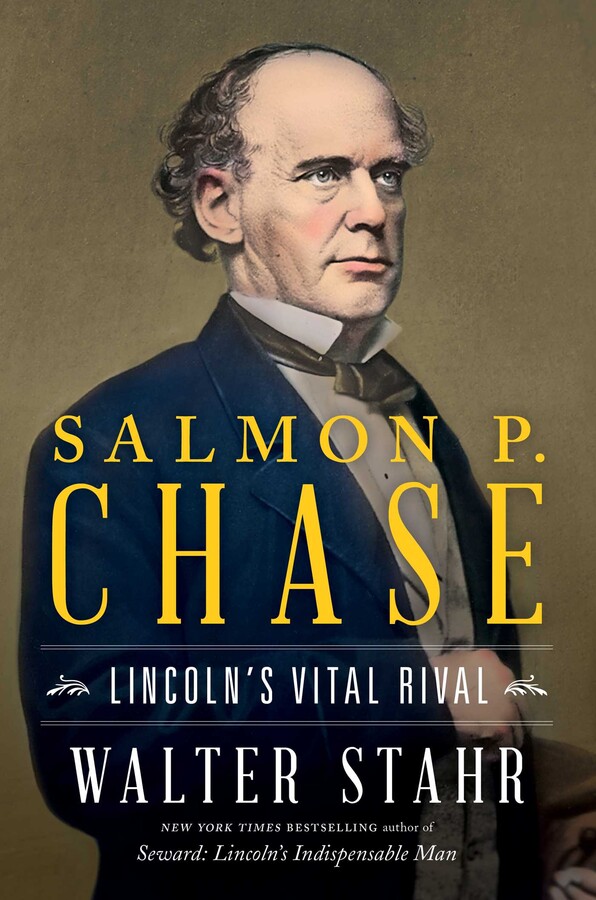Stahr has followed up biographies of two other members of Abraham Lincoln’s Cabinet, William Seward and Edwin Stanton, with an incredibly researched and detailed account of the life of the secretary of the treasury and the chief justice. Salmon P. Chase: Lincoln’s Vital Rival reads like the antebellum political version of Forrest Gump, but with the main character being cunning, pragmatic, and ambitious rather than an unsuspecting bumpkin. Chase wanted to leave an impact and succeeded so thoroughly that his mark seems natural to the way we live in contemporary times.
Chase’s fingerprints were everywhere during his lifetime, which is why Stahr uses over 800 pages to fit it all in. As a young man, for example, Chase worked at the Bank of the United States during Andrew Jackson’s Bank War. Alexis de Tocqueville interviewed him as part of the study that led to Democracy in America. During middle age, he helped establish the Liberty, Free Soil, and Republican parties, routinely defended fugitive slaves in court from slave catchers, and served in the Senate as it erupted into the turmoil of the early 1850s. He was also the one who came up with the first GOP slogan: “Free Soil, Free Labor, Free Men,” and he played a crucial role in the campaign of 1860 that saw Lincoln win the White House.
The book details how, while leading the Treasury Department, Chase guided the nation through the financial difficulties of paying for the Union Army, advised on plans for reconstruction, and ushered in the national banking system. A former lawyer himself, Stahr’s final chapters are a legal history of Chase's tenure as chief justice of the Supreme Court. Chase welcomed the first African American to the bar of the Supreme Court, presided over a presidential impeachment, and set legal precedents still relied on today. His rulings have been used in court cases ranging from the constitutionality of Obamacare to whether terrorists could be held indefinitely in Guantanamo Bay. Remarkably, Chase accomplished all of this before his death at the age of 65.
Stahr does a captivating job detailing how Chase was a politician’s politician whose success demonstrated the effectiveness of practical politics. Throughout his career, he participated in the conventions of the Whigs, Democrats, Liberty Party, Free Soilers, and Republicans. As he climbed up the ladder of power, the former Ohio governor kept his core principles and goals intact while building a winning coalition. Regardless of party identification, he always supported democracy, promoted racial equality under the law, and worked to destroy the power of the slave-holding South. He was a realistic and patient radical.
